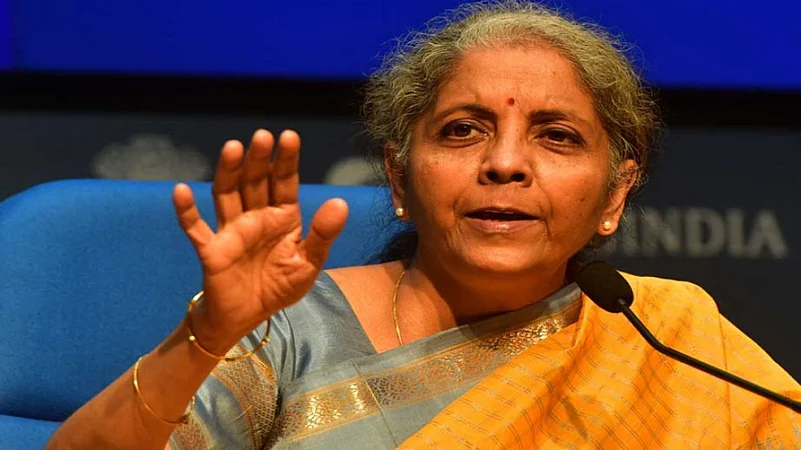The pre-budget Economic Survey, which is tabled in Parliament ahead of the Union Budget to present the state of the economy and suggest policy prescriptions, quite often misses on the GDP forecast, sometimes by a significant margin.
This time, Finance Minister Nirmala Sitharaman will table the Economic Survey for 2021-22 in the Lok Sabha on Monday soon after the President’s Address to both Houses of Parliament. She will present the Union Budget for the next financial year beginning April 1, 2022, on Tuesday.
One of the most-watched numbers in the pre-Budget Economic Survey, authored by a team led by the Chief Economic Advisor (CEA), is the projection of the Gross Domestic Product (GDP) for the next fiscal.
The previous economic survey was presented amid the Covid-19 pandemic. The ray of optimism as the country recovers from the impact of the pandemic is likely to figure prominently in the current year’s economic survey. However, various high-frequency indicators like GST collections and corporate profitability are pointing towards significant upward movement.
Just days before the presentation of the Economic Survey, the government-appointed economist V Anantha Nageswaran as the new CEA. Nageswaran, an academic and former executive with Credit Suisse Group AG and Julius Baer Group, succeeds K V Subramanian, who demitted the office of CEA in December 2021 after the completion of his three-year term.
The Economic Survey for 2021-22 is expected to give a growth projection of around 9 per cent for the next financial year as Asia’s third-largest economy is showing signs of recovery from the pandemic.
The last survey, presented in January 2021 amid the Covid pandemic, had projected the economic growth for 2021-22 at 11 per cent. However, India's statistics ministry has estimated the economic growth at only 9.2 per cent for the current fiscal.
The economy had contracted by 7.3 per cent during 2020-21 as against the projection of 6-6.5 per cent in the Economic Survey presented in Parliament months before the outbreak of the Covid pandemic in 2020.
Economic activities were severely impacted as India imposed a strict lockdown in the latter part of March 2020 to check the spread of the virus. The government and the Reserve Bank of India rolled out several measures to support the economy.
The Economic Survey 2018-19 had estimated the GDP growth for fiscal 2019-20 at 7 per cent. However, the economy expanded by only 4 per cent, missing the target by a wide margin.
Similarly, the Economic Survey 2017-18 had projected a growth rate of 7-7.5 for 2018-19, but the GDP expanded by only 6.5 per cent.
However, the actual GDP growth during 2015-16 and 2017-18 was almost in the range projected in the respective economic surveys. It is also to be noted here that GDP during 2016-17 had expanded at a faster rate than the projection made in the Economic Survey 2015-16.
India is poised to grow as the fastest large economy in the world during the current financial year with the economy projected to grow around 9 per cent despite the pandemic.
The economy, as per the advance estimates of the National Statistical Office (NSO), is expected to record a growth of 9.2 per cent during the current fiscal, which is a tad slower than the 9.5 per cent projected by the Reserve Bank.
Budget 2022: Eyes On GDP Forecast By Economic Survey Despite Recent Misses
This time, Finance Minister Nirmala Sitharaman will table the Economic Survey for 2021-22 in the Lok Sabha on Monday soon after the President’s Address to both Houses of Parliament.

The previous economic survey was presented in the midst of the Covid-19 pandemic.
The previous economic survey was presented in the midst of the Covid-19 pandemic.














 Just one email a week
Just one email a week